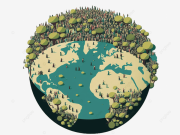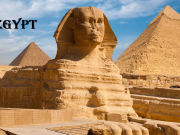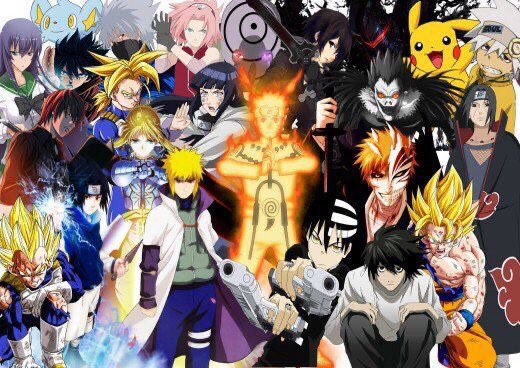Welcome to our blog, where we embark on a journey through time to explore the history and evolution of anime. Join us as we delve into the origins of this beloved art form and trace its development across different eras. From its humble beginnings to its global impact, let’s uncover the fascinating story of anime.
Early Origins of Anime:
1.1 Pre-20th Century Influences:
Discussing the historical and cultural influences that contributed to the development of anime, such as traditional Japanese art, ukiyo-e prints, and theatrical performances like kabuki and bunraku.
1.2 Birth of Japanese Animation:
Exploring the emergence of Japanese animation in the early 20th century, with pioneers like Oten Shimokawa and Seitaro Kitayama creating short animated films using traditional hand-drawn techniques.
The Golden Age of Anime:
2.1 Post-War Period and Osamu Tezuka:
Discussing the significant impact of Osamu Tezuka, often referred to as the “Godfather of Anime,” and his influential works such as “Astro Boy” and “Kimba the White Lion.”
Exploring the shift from animation primarily targeting children to more diverse themes and storytelling styles.
2.2 Expansion and Technological Advancements:
Highlighting the growth of the anime industry in the 1960s and 1970s, with the rise of television series such as “Gigantor” and “Speed Racer.”
Discussing the introduction of color, improved animation techniques, and the use of limited animation to accommodate larger production schedules.
Evolution and Global Recognition:
3.1 The 1980s and 1990s: Anime Goes International:
Exploring the global recognition of anime through influential works like “Akira,” “Ghost in the Shell,” and “Dragon Ball.”
Discussing the impact of advancements in home video and the establishment of international distribution networks.
3.2 Diversification of Themes and Genres:
Highlighting the diversification of anime genres, including mecha (“Gundam”), fantasy (“Sailor Moon”), cyberpunk (“Serial Experiments Lain”), and slice of life (“Studio Ghibli” films).
Discussing how anime began to explore complex themes, social commentary, and mature storytelling.
Contemporary Anime and Digital Age:
4.1 The New Millennium and Streaming Services:
Exploring the impact of the digital age on anime distribution, with the rise of streaming platforms like Crunchyroll and Netflix.
Discussing how streaming services have made anime more accessible to global audiences, contributing to its widespread popularity.
4.2 Technological Advancements and CGI:
Addressing the increasing use of computer-generated imagery (CGI) in anime, complementing traditional hand-drawn animation techniques.
Discussing the benefits and challenges of integrating CGI into the anime production process.
4.3 International Collaboration and Influence:
Exploring international collaborations in anime production, such as the influence of Western storytelling and animation techniques on anime.
Discussing the growing appreciation for anime in Western cultures and its impact on mainstream media, including adaptations and crossovers.
Conclusion:
As we conclude our journey through the history and evolution of anime, it is clear that this art form has transcended cultural boundaries and captivated audiences worldwide. From its early beginnings to its current global impact, anime continues to evolve, innovate, and inspire. Let’s celebrate the rich heritage of anime and look forward to the exciting possibilities that lie ahead in the world of animation.























